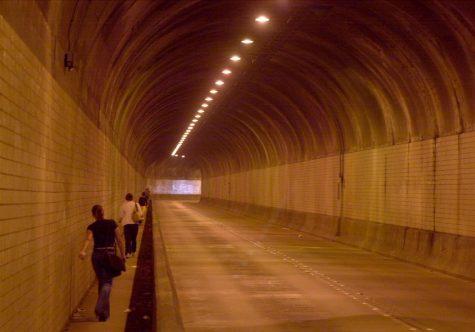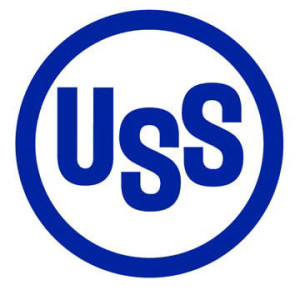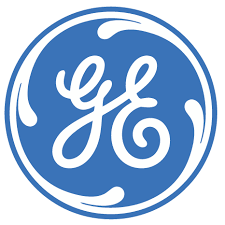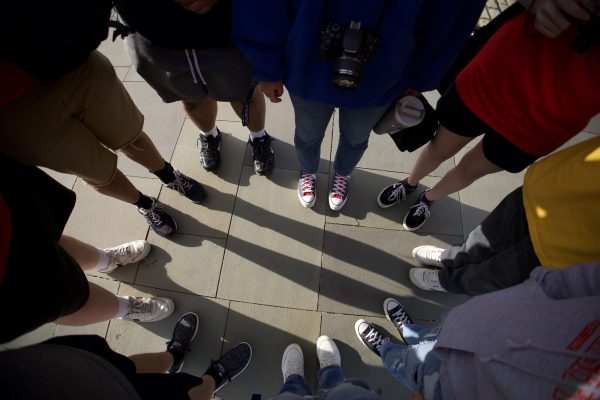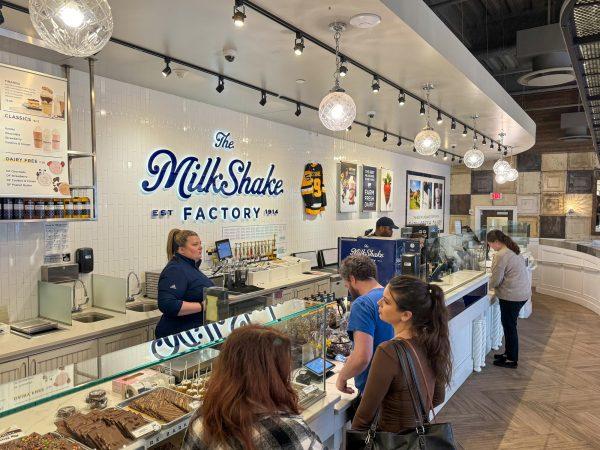‘Round about Pittsburgh: Steel Titan Andrew Carnegie
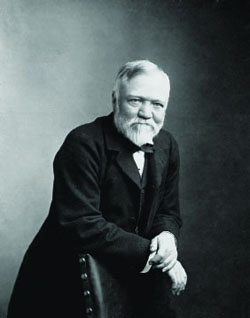
Portrait of Andrew Carnegie Photo courtesy of www.carnegielibrary.org
Love him or hate him, Andrew Carnegie was a pioneer who help shaped the modern day United States.
The Carnegie family immigrated to Pittsburgh from Scotland in 1848. At a young age Andrew Carnegie was a worker who searched for the best but also the most efficient solutions or answers.
It was his personal ethics that put him in the front of modern day steel making. For a number of years, Andrew Carnegie worked for Thomas Scott of the Pennsylvania Railroad who taught Carnegie how to run a business but also introduce him to influential individuals in the company.
After a trip to Europe, Andrew Carnegie learned about the Bessemer process and once he returned to Pittsburgh decided to build a plant to capitalize on the concept. In 1872, Andrew Carnegie built his first iron and steel mill, the Edgar Thomson Steel Works named after J. Edgar Thomson, who was the president of the Pennsylvania Railroad. He would later found Carnegie Steel Company in 1892.
As Carnegie Steel production increased so did the number of mills around Pittsburgh. One of the most famous mills was the Homestead Steel Works, which is now the home to The Waterfront shopping center. It was the site of the infamous Homestead Steel Strike. The strike was over issues of laboring and creating employee unions. Today there are few structures left from the steel works. Structures left include a few buildings including the pump house and the Carrie Blast Furnace.
When discussing Andrew Carnegie, it is also important to mention Henry Clay Frick. Although the men were business partners, both were always at odds with each other. Over the years and after the Homestead Strike, the relationship between Carnegie and Frick was strained. Due to the strike, Carnegie ousted Frick out of his company.
Carnegie wasn’t an enforcer; he wanted to see certain plans follow suit but never wanted to take certain steps. Frick on the other hand was up right ruthless and followed through with every plan himself and Carnegie agreed upon. Although Frick was head of the company, Carnegie was ultimately behind and supportive of every decision Henry Clay Frick made. Carnegie even talked to the press about the downsides of Frick’s decision. However, if anyone reads deep enough, you will find that Carnegie was driven by more profit and less of what employees wanted.
When the Great Johnstown Flood of 1889 occurred, Frick and Carnegie were at fault for the South Fork Dam failing. To straighten his name, Carnegie donated funds afterwards to rebuild Johnstown.
In 1901, Carnegie would sell his company to banker J.P. Morgan who would form United States Steel Corporation (U.S. Steel). Carnegie would become one the wealthiest individuals in the country.
Although Andrew Carnegie may be responsible steel production in Pittsburgh, he is also known for his philanthropic efforts; when it comes to libraries, museums, schools, and music halls. Today, there are people who praise Andrew Carnegie for being so generous and those who say he did it so history would erase all the bad he caused. During Carnegie’s time, both him and Frick were one of the most hated businessmen in Pittsburgh. Steel workers and other individuals at the time wouldn’t even speak their names due to the agony they caused.
Regardless of what is said, Andrew Carnegie will forever be known as one of America’s greatest innovators and industrial giants. Even though most of his steel empire is gone from Pittsburgh, the legacy he left is still felt. Maybe there is more than one reason why one of the last remaining steel mills around Pittsburgh was Andrew Carnegie first. Although you can say what you want about Andrew Carnegie, history will never erase that he turned Pittsburgh into the world’s leading manufacturer of steel.
Who knows, without Andrew Carnegie, Pittsburgh may not have a football team named the ‘Steelers.’
For more information on Andrew Carnegie, I suggest the following:
- History Channel Series: The Men Who Built America
- The Autobiography of Andrew Carnegie
- Meet You In Hell: Andrew Carnegie, Henry Clay Frick, and the Bitter Partnership That Transformed America written by Les Standiford



